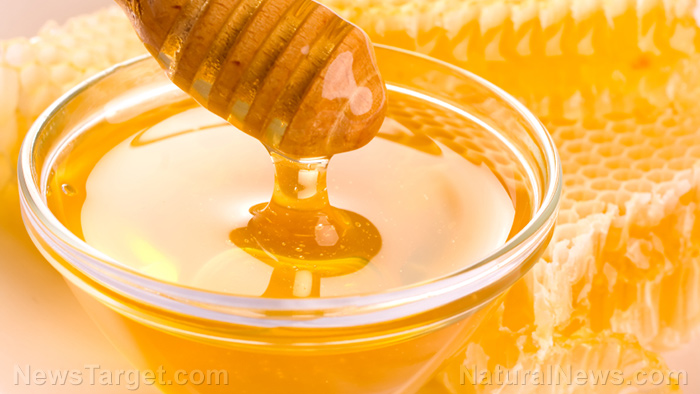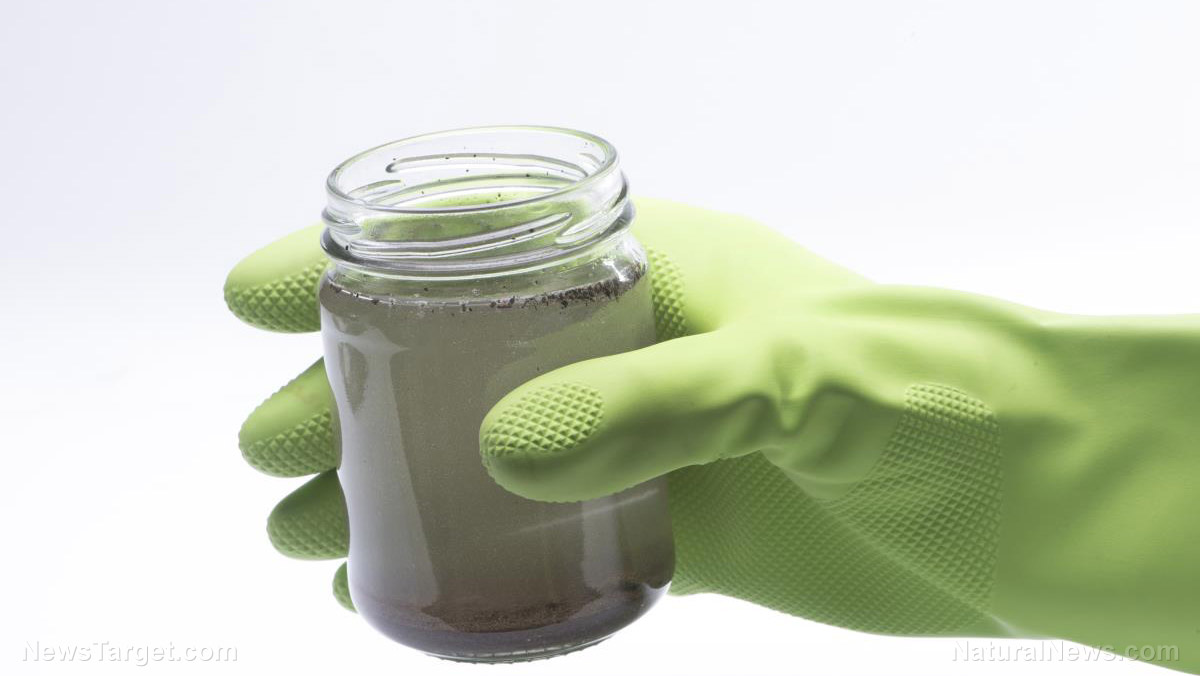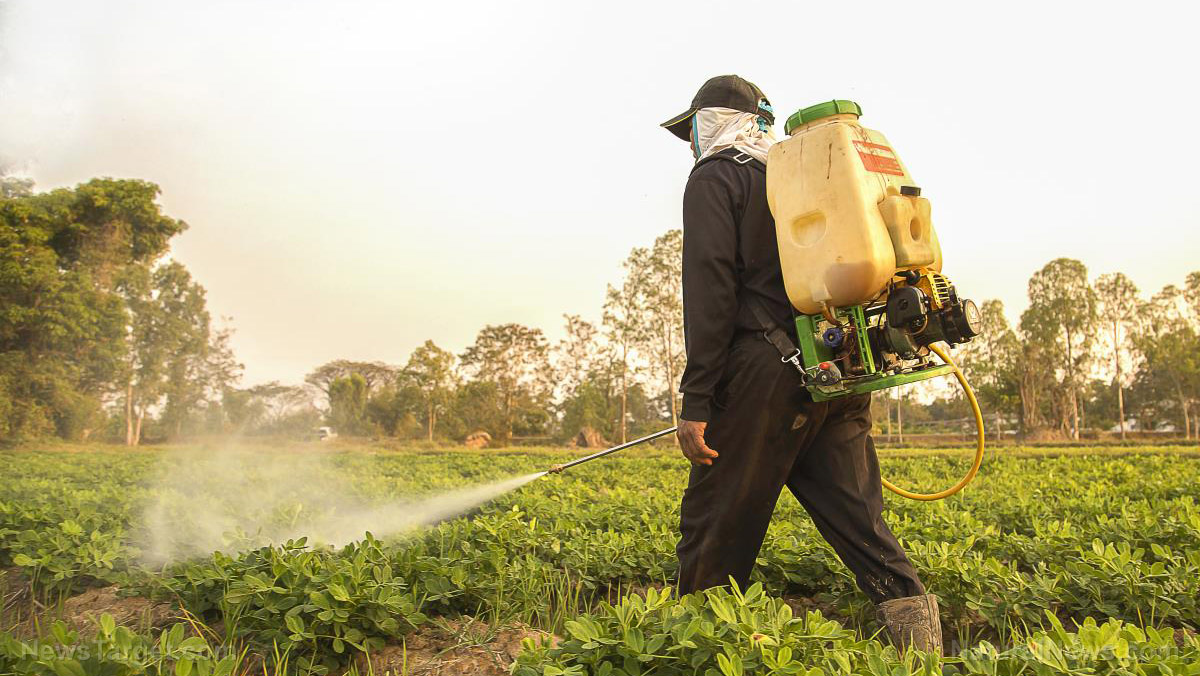Parathion-methyl – toxicity, side effects, diseases and environmental impacts
11/16/2017 / By Rhonda Johansson

Parathion-methyl is both an insecticide and acaricide (used to kill mites and ticks) that is labeled as being under “restricted use” by the U.S. Environmental Protection Agency (EPA). The classification was made after determining the toxicity of the substance, which was found to be extremely poisonous. Several health groups in Europe and America have required that all products that contain parathion-methyl contain a visible “DANGER” sign along the casing. In fact, the insecticide is said to be so toxic that no worker can enter any field treated with parathion-methyl within 48 hours of treatment.
Parathion-methyl is part of a larger family of insecticides known as organophosphates. These chemicals work by interfering with the nervous system of insects and animals. In its pure form, it appears as a white to yellow-brown crystalline powder and carries a strong garlic odor.
It is sold under the brand names Bladan M, Cekumethion, Dalf, Dimethyl Parathion, Devithion, E 601, Folidol-M, Fosferno M50, Gearphos, Kilex Parathion, Metacide, Metaphos, Metron, Nitrox 80, Partron M, Penncap-M, and Tekwaisa. The chemical is available in wettable powder formulations, ULV liquid, dust, and emulsifiable concentrate.
List of known side effects
We need to emphasize just how deadly parathion-methyl is. It is highly toxic by inhalation and ingestion and can even damage internal organs through dermal absorption. Please recognize that parathion-methyl is easily absorbed through the skin and can cause fatality.
The insecticide can also cause burning of the eyes or skin. “Milder” symptoms of parathion-methyl poisoning include rashes, irritation, and nausea.
Parathion-methyl can exacerbate respiratory conditions. The chemical likewise increases the risk for liver malfunction, excess fluid in the bronchial tubes, involuntary muscle contractions, weakness, paralysis, and incoordination, among other things.
Workers who regularly handle the substance are at an increased risk of delayed and chronic symptoms. These include impaired memory and concentration, speech difficulties, loss of appetite, and severe depression.
Parathion-methyl can cause spontaneous abortion.
Body systems affected by parathion-methyl
Strangely enough, the insecticide is not a carcinogen nor does it seem to affect DNA or cell reproduction. The chemical, however, completely destroys intact organs. The most notable system affected by parathion-methyl is the respiratory system. People exposed to the insecticide will most likely experience difficulties in breathing and a numbness along their chest.
Because parathion-methyl works by disrupting nervous system function in insects, it can be assumed that it works the same way for humans and animals.
Acute or chronic exposure to parathion-methyl can cause death.
Items that can contain parathion-methyl
Only specific insecticides contain parathion-methyl. Health groups have not approved its use for anything else other than that.
How to avoid parathion-methyl
For the most part, exposure to the insecticide is minimal. Workers are forbidden to enter a field within 48 hours of treatment and the insecticide biodegrades relatively fast in air and water.
Where to learn more
- Pesticides Destroying 60 Percent of Honeybees
- Organic apples can help you fight cancer
- Chemicals.news
- Toxins.news
- Pesticides.news
Summary
Parathion-methyl is a deadly insecticide that is heavily regulated by the EPA. Acute exposure to the substance can cause several respiratory reactions and even death. Take note though that there are fail-safes in place to prevent the public from being exposed to parathion-methyl. One of the major ones is prohibiting workers from entering fields within 48 hours of treatment.
The insecticide is also not a naturally-occurring substance and is only used as a chemical to eliminate pests of agricultural crops, particularly cotton.
Sources include:
Tagged Under:




















